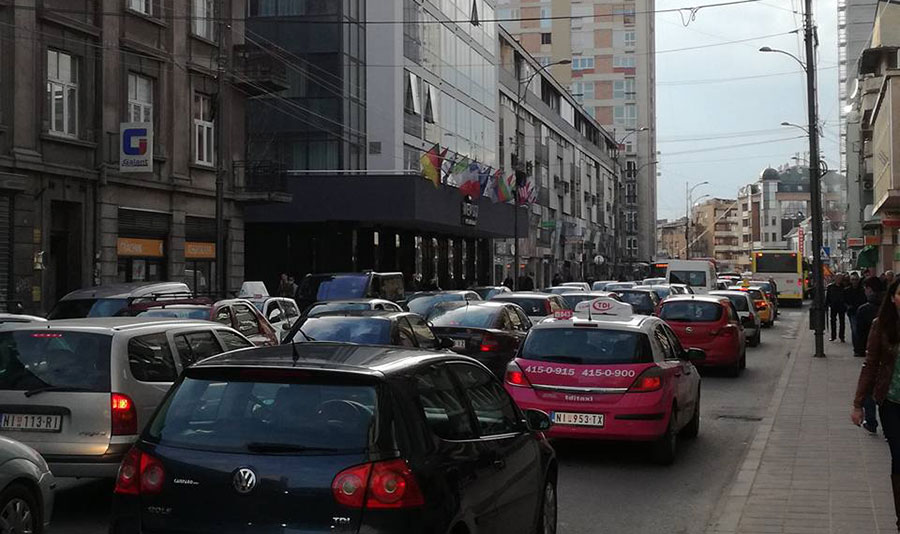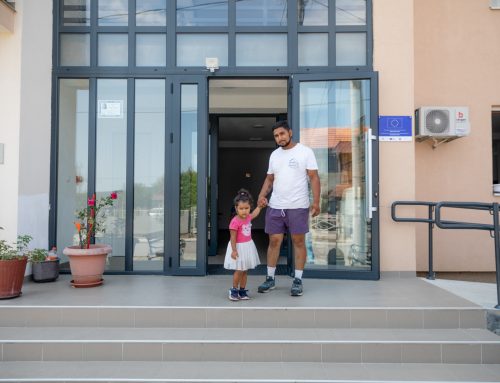As part of a pilot project, the City of Nis will obtain a strategic noise map, funded in part through EU’s IPA funds. The map will identify current noise levels and areas where the prescribed noise limits are exceeded and estimate the number of people exposed to excessive noise. “Once the strategic noise map is drawn, we will implement targeted noise reduction measures, on the one hand, and ensure that noise levels remain within the prescribed range, on the other,” said the Head of the Secretariat for Environmental Protection of the City of Nis Ivana Krstic.
This is one of the activities carried out within chapter 27 – which deals with ecology and is considered to be the most expensive chapter on Serbia’s EU path. The total value of the project, which is partially funded by the EU through IPA funds, stands at EUR300,000. It will run through August 2019. The Republic of Serbia has committed to drawing strategic noise maps and action plans for five agglomerations, roads (900 km), railway lines (14,5 km) and Belgrade airport prior to EU accession. “The Ministry of Environmental Protection has asked for money to be drawn from IPA funds for the drawing of maps and action plans. They should be finished by 1 January 2021. The EU Delegation has suggested the drawing of maps and action plans to be done in two stages – first stage will cover the pilot project in Nis, whereas the second will be expanded to other areas building on the experience from the first stage,” Krstic said.
Hired by the Ministry, ENVAP 3 project – funded by the Swedish International Development Cooperation Agency – is in charge of developing the terms of reference for said project. The development of terms of reference for the drawing of strategic noise maps for the agglomeration of Nis was supported through the project ENVAP 3 (Environmental Accession Programme) for chapter 27, phase 3, funded by the Kingdom of Sweden through SIDA.
Noise levels higher than 55 decibels may have numerous adverse effects on people’s health. Some of them are: anxiety, being unable to concentrate, poor sleep quality, voice disorders in children, etc. “Combating noise is all but a cheap activity and I’m afraid richer countries have less trouble affording it. Anyway, we must show that we are willing to tackle this issue,” said a professor with the Faculty of Occupational Safety of Nis Dr Darko Mihajlov.
He delivered a lecture hosted by the EU Info Point Nis about activities the EU is carrying out in an effort to deal with the issue of excessive noise. “Since 1970, the EU has decreased the noise coming from passenger cars and trucks by 85% and 90%, respectively. This was due to technological advancements which enabled the production of quieter machines and motors.” However, there is still a long way to go as one of the EU Directives envisages an even greater noise reduction by 2020. “This includes lowering the noise levels by 20 decibels when it comes to road and railroad traffic, whereas the noise produced by planes and open air machines should be lowered by 10 decibels,” professor Mihajlov said.




